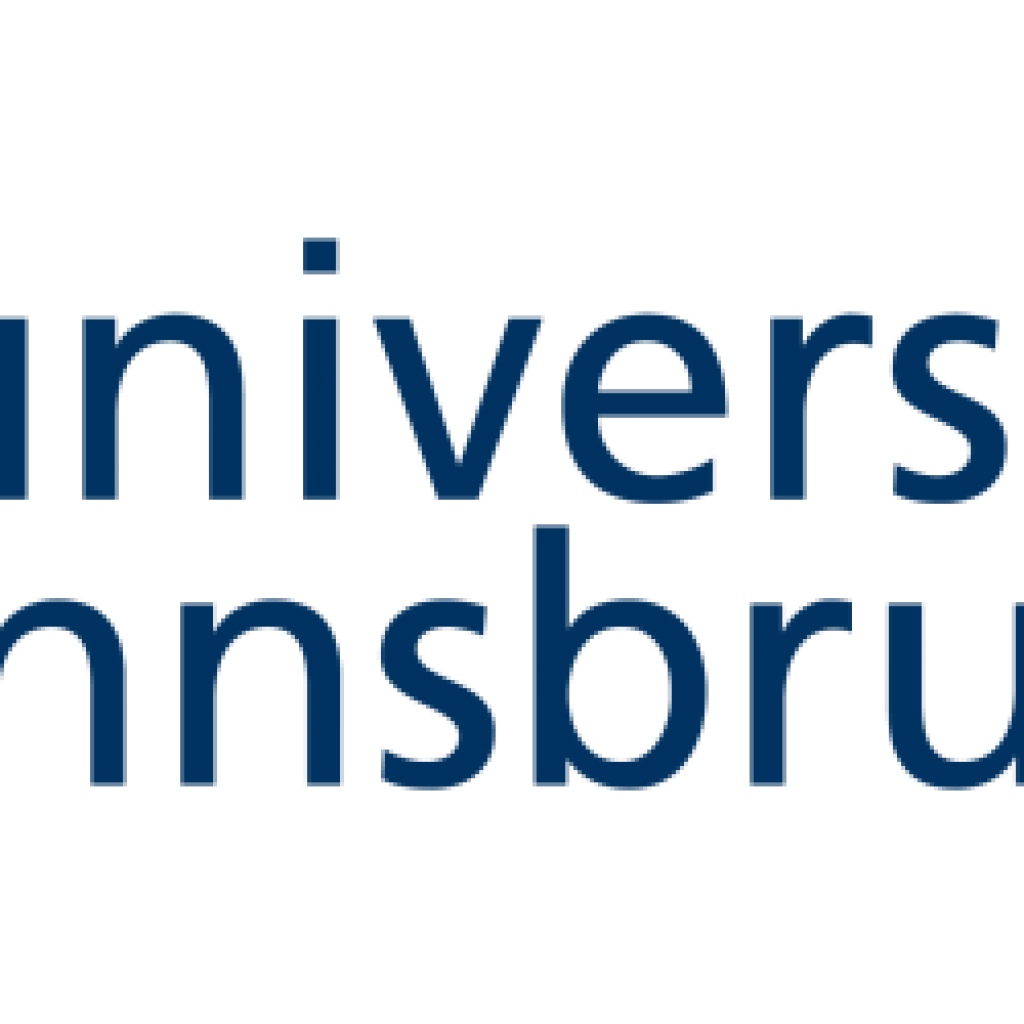(Phys.org) Scientists all over the world are working to further optimize the precision of atomic clocks.
Now, a research group led by Peter Zoller, a theorist from Innsbruck, Austria, has developed a new concept that can be used to operate sensors with even greater precision irrespective of which technical platform is used to make the sensor. “We answer the question of how precise a sensor can be with existing control capabilities, and give a recipe for how this can be achieved,” explain Denis Vasilyev and Raphael Kaubrügger from Peter Zoller’s group at the Institute of Quantum Optics and Quantum Information at the Austrian Academy of Sciences in Innsbruck.
For some time, it has been understood that atomic clocks could run even more accurately by exploiting quantum mechanical entanglement. However, there has been a lack of methods to realize robust entanglement for such applications. The Innsbruck physicists are now using tailor-made entanglement that is precisely tuned to real-world requirements. With their method, they generate exactly the combination consisting of quantum state and measurements that is optimal for each individual quantum sensor. This allows the precision of the sensor to be brought close to the optimum possible according to the laws of nature, with only a slight increase in overhead. “In the development of quantum computers, we have learned to create tailored entangled states,” says Christian Marciniak from the Department of Experimental Physics at the University of Innsbruck. “We are now using this knowledge to build better sensors.”
This theoretical concept was now implemented in practice for the first time at the University of Innsbruck, as the research group led by Thomas Monz and Rainer Blatt now reported in Nature.
“Our concept makes it possible to demonstrate the advantage of quantum technologies over classical computers on a problem of practical relevance,” emphasizes Peter Zoller. “What has so far only been shown for calculations of questionable practical relevance could now be demonstrated with a programmable quantum sensor in the near future—quantum advantage.”
U of Innsbruck physicists report on first programmable quantum sensor
